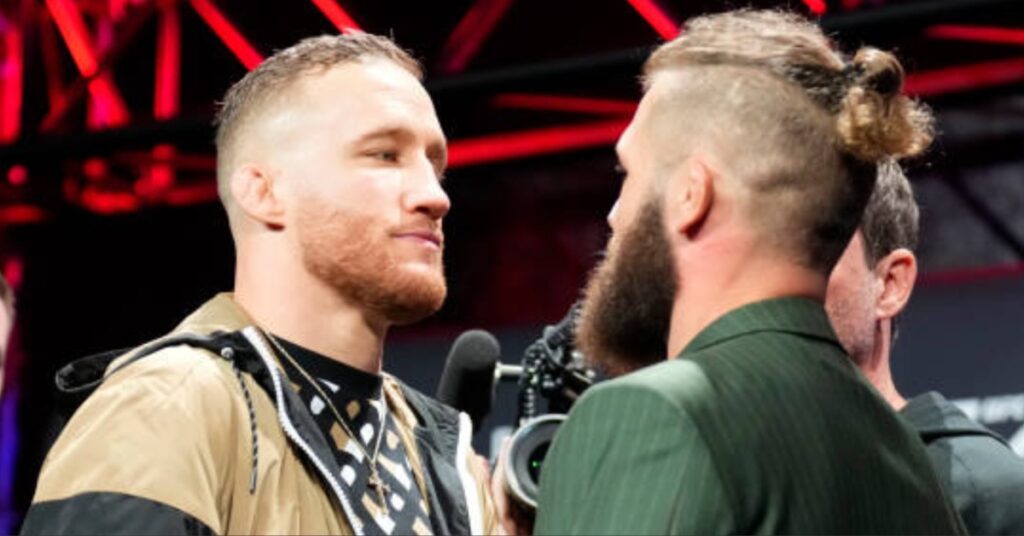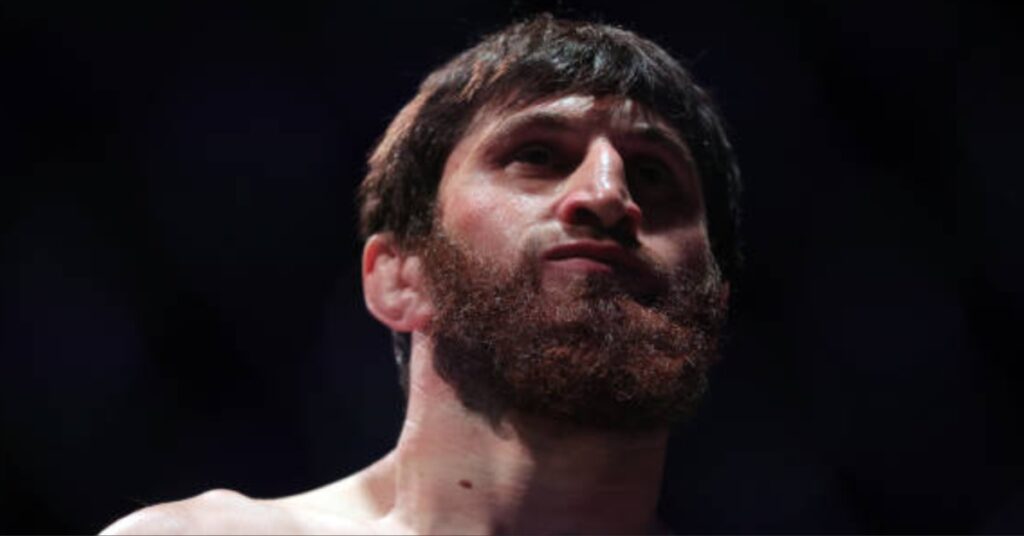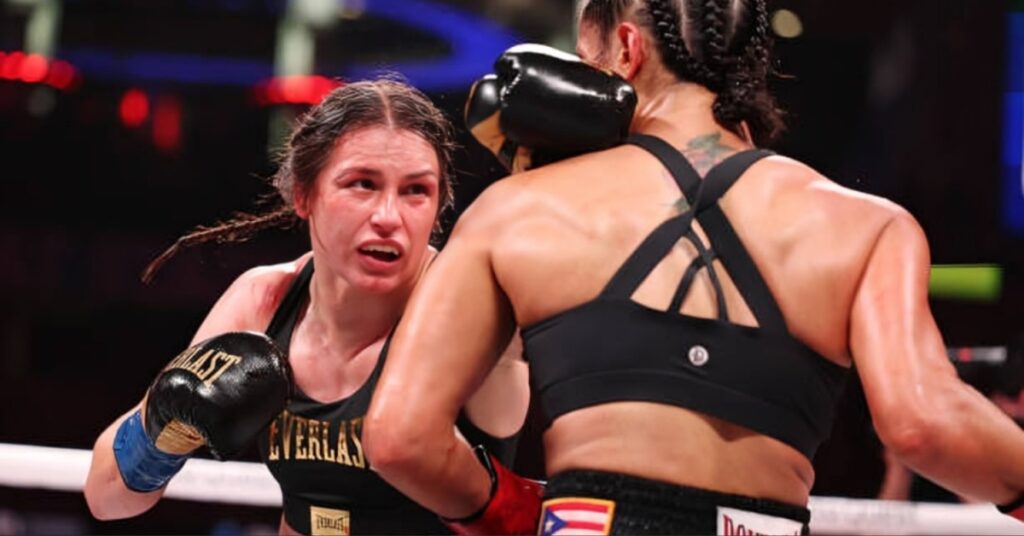Injuries In MMA: A Workplace Hazard Or An Avoidable Catastrophy?
The curse of injured MMA fighters has reared it’s ugly head once again, as 2013 has seen some seriously great fights shattered by last minute training injuries. When training in MMA there is always an inherent risk of injury, it just comes with the turf. Although it seems to have become far more rampant in recent years.
One of the contributing factors is the high level that fighters train at these days. Gone are the times where brawlers would roll off the bar stool and in to a UFC cage and tear through hapless opponents. Guys are having to be fully trained and conditioned athletes, something that goes hand in hand with experiencing injuries. In the past two days, we have had Mauricio Rua pulled from the UFC 161 main card because his opponent, Antonio Rogerio Nogueira, was injured last minute.
Tarec Saffiedine has withdrawn form his scrap against Robbie Lawlor, Renan Barao, Alexander Gustafsson, Clay Guida, Cat Zingano and Georges St-Pierre have all succumbed to numerous fight scrapping injuries-and that’s just the tip of the iceberg.
 So why, in the past few years, have injuries in Pro MMA training rocketed so severely? One answer could be the strict medical procedures in the lead up to fights. Medical clearance to fight in a big name, properly sanctioned MMA organisation is a serious system these days. Case in point-Alexander Gustafsson. Gus was scheduled to face off against USAsi”>Gegard MoUSAsi at UFC on Fuel TV 9, until a cut sustained in training forced Gustafsson from the card.
So why, in the past few years, have injuries in Pro MMA training rocketed so severely? One answer could be the strict medical procedures in the lead up to fights. Medical clearance to fight in a big name, properly sanctioned MMA organisation is a serious system these days. Case in point-Alexander Gustafsson. Gus was scheduled to face off against USAsi”>Gegard MoUSAsi at UFC on Fuel TV 9, until a cut sustained in training forced Gustafsson from the card.
Photos in the days after the news of Gustafsson’s withdrawal seemed to show little to no damage to the fighter, something that shows us that the sanctioning bodies are tightening up. We have had a worldwide health and safety explosion in recent years, and MMA is in no way clear of the fallout. So is there any way to avoid such event ruining injuries? The problem that MMA promoters face is that most of their PPV cards are extremely top heavy.
Branded, or well known fighters usually make up the main/co-main events of the shows, with the prelims and undercards usually consisting of up-and-comers. So an injury at the top + no replacement = angry fans and less PPV’s. It’s a simple equation but, unfortunately for promoters, one that is unlikely to change.
There is no way that sanctioning bodies are going to slacken or lower their working standards, to do so would show inconsistency and would more than likely endanger fighters. Training is not going to get any less strenuous, not with the most conditioned and trained athletes at the top of the food chain. The reality of the situation is that fighters are the only ones that can make a change, they need to wear the proper protective gear.
Fighters also need to know their body and it’s limits. There is no point training for eight weeks to fight and then injuring yourself from over exertion, that just defeats the object of training for a fight. Also, why train without head gear or hand wraps or supports? If something can go wrong, it will go wrong. And in MMA it usually does. I just hope we get through the rest of 2013 (or this week at least) without more bad injury news.







